Stop Sending Boring Investor Updates — Do This Instead
The art of crafting investor updates that investors actually read and act on.
If you’ve ever written an investor update and thought, “Does anyone actually read this?” - you’re not alone.
Most founders treat updates like a compliance exercise. Numbers dumped into a Google Doc. Some vague commentary. A perfunctory “let us know if you can help.” Then off it goes into the ether.
But when you nail investor reporting, the tone changes. Updates stop feeling like admin and start becoming leverage. Investors forward your notes to other operators. They reply with intros you need. They begin to see you as a founder in control of the journey, not just a passenger reporting turbulence.
The difference is not the numbers themselves; it’s how you tell the story around them.
Table of Contents
Why Investor Updates Matter More Than You Think
The Anatomy of an Update That Works
The Opening Line
The Metrics
The Narrative
The Asks
The Outlook
🧠 Founder Wisdom: A BrainDump on Investor Updates
What to Leave Out
Why This Matters
Founder OS: The Two-Question Test
🚀 Closing Thought: Turning Reports into Allies
Why Investor Updates Matter More Than You Think
An investor update is not about compliance. It’s about trust and alignment.
Think about it from their perspective: your investors might have stakes in ten, twenty, or even fifty companies. They don’t wake up thinking about you; they wake up thinking about their fund.
Your update is your chance to put your company back on their radar, to remind them why they invested, and to give them a way to be useful. Done right, it transforms capital providers into active allies.
And selfishly, it sharpens your own thinking. The act of distilling a messy month into a clear story forces discipline: What truly mattered? What’s noise? Where are we heading?
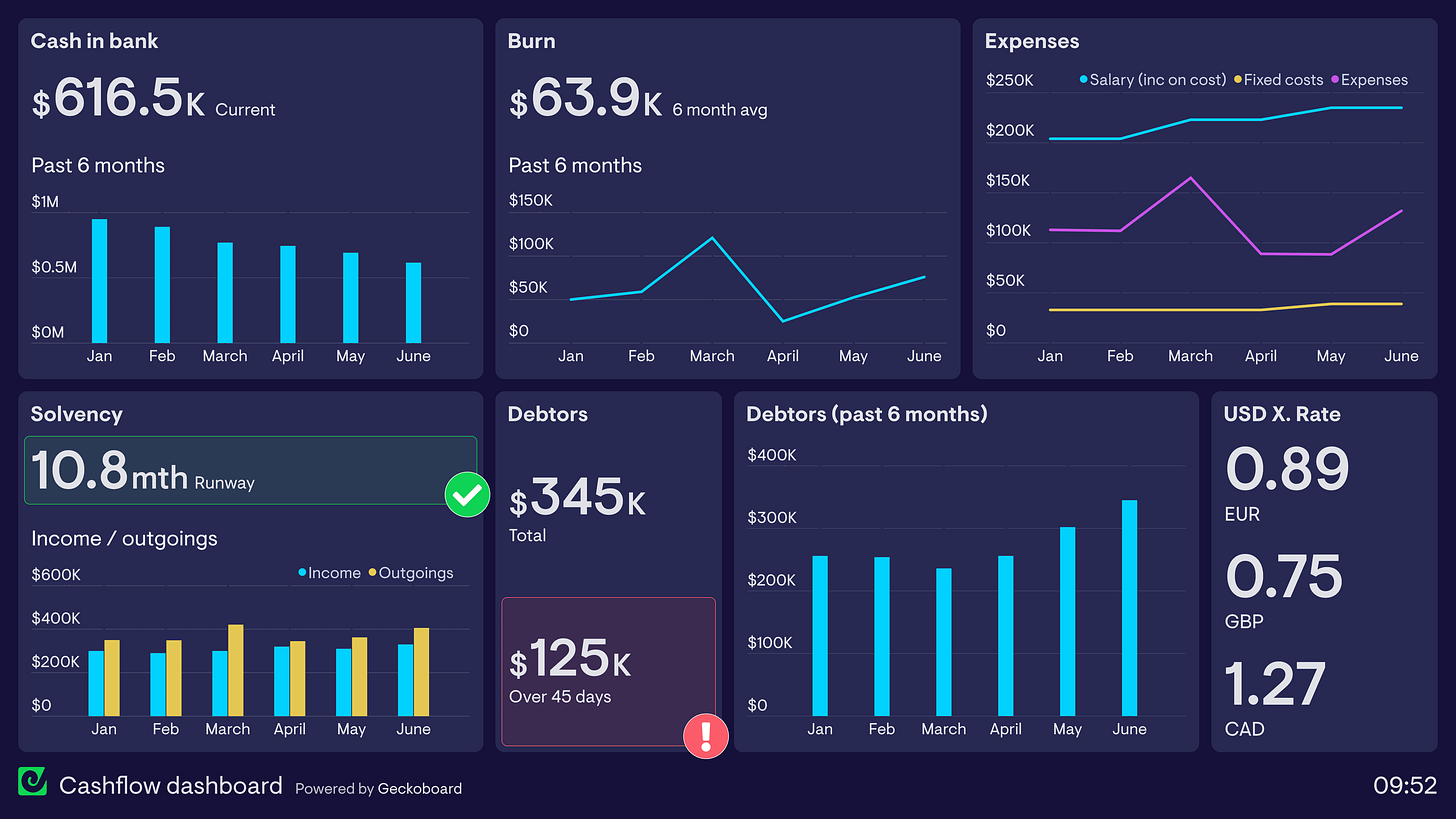
The Anatomy of an Update That Works
Every effective investor update follows the same backbone. Think of it as five chapters in a short story.
1. The Opening Line
Most founders bury the headline. They start with pleasantries or context before ever getting to the point. Don’t do that. Your opening line should be the one takeaway you want burned into the investor’s brain.
If you grew 20% this month, say it in the first sentence.
If you just closed your first enterprise deal, lead with it.
If you missed targets, own it upfront and frame the fix.
The goal is to make your investors feel oriented before they scroll. They shouldn’t have to hunt for the news - you hand it to them.
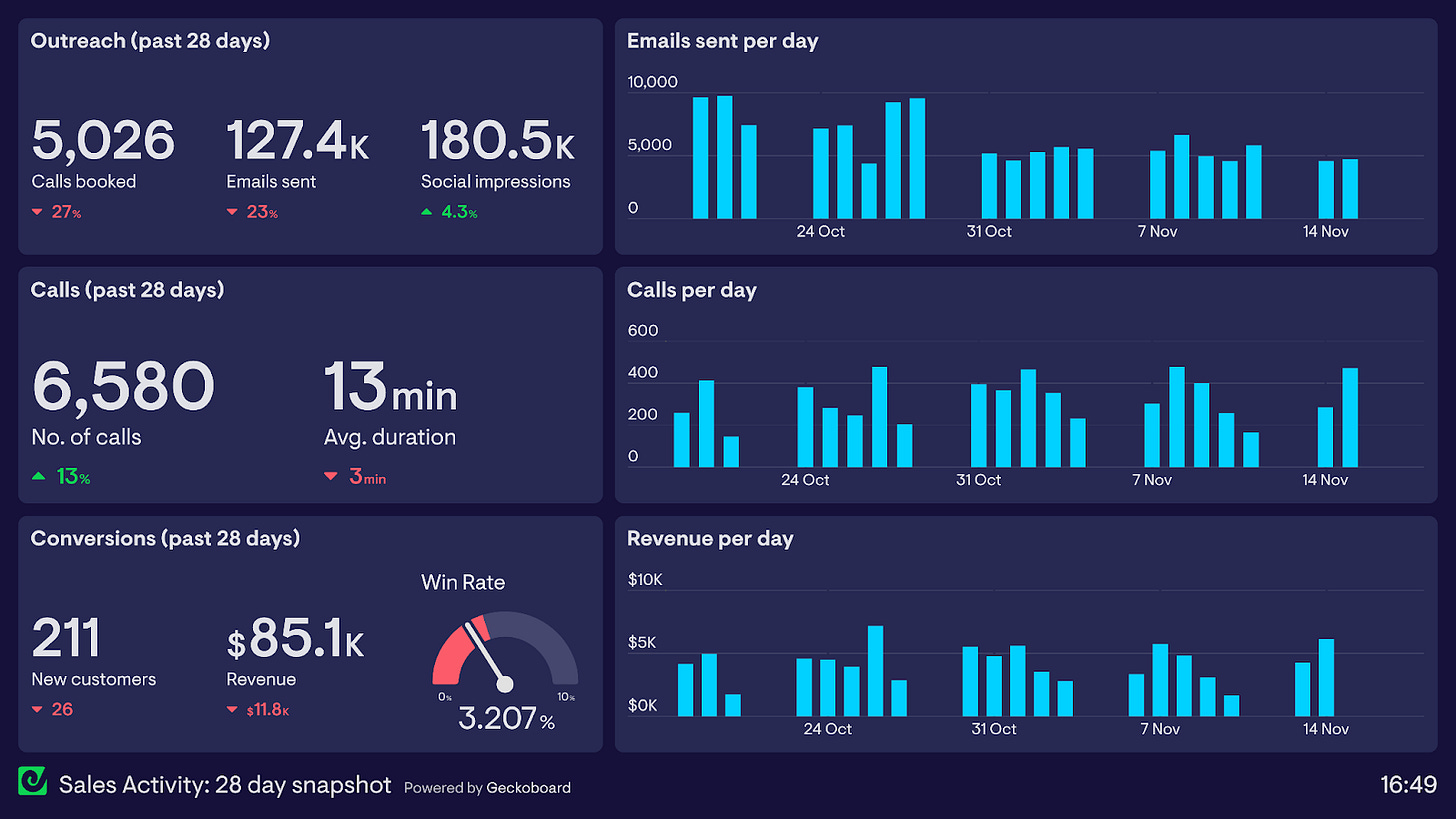
2. The Metrics
Metrics are the skeleton. They give your update shape and credibility. But the mistake most founders make is either overwhelming investors with everything they’re tracking, or cherry-picking only the vanity numbers.
The truth: which metrics matter depends on your stage.
Pre-seed / seed: focus on growth momentum and cash runway. Investors want to know, “Is this catching fire, and how long can you keep stoking it?”
Series A: layer in unit economics. CAC, payback period, gross margin, churn/NRR. Now the question becomes, “Is growth efficient? Can this scale?”
Later stages: efficiency ratios, cohort analysis, burn multiples. The story is about durability and defensibility.
The key isn’t dumping a spreadsheet. It’s presenting the right 4–6 numbers in a simple, consistent format. If an investor has to guess what your CAC means this month compared to last, you’ve already lost them.
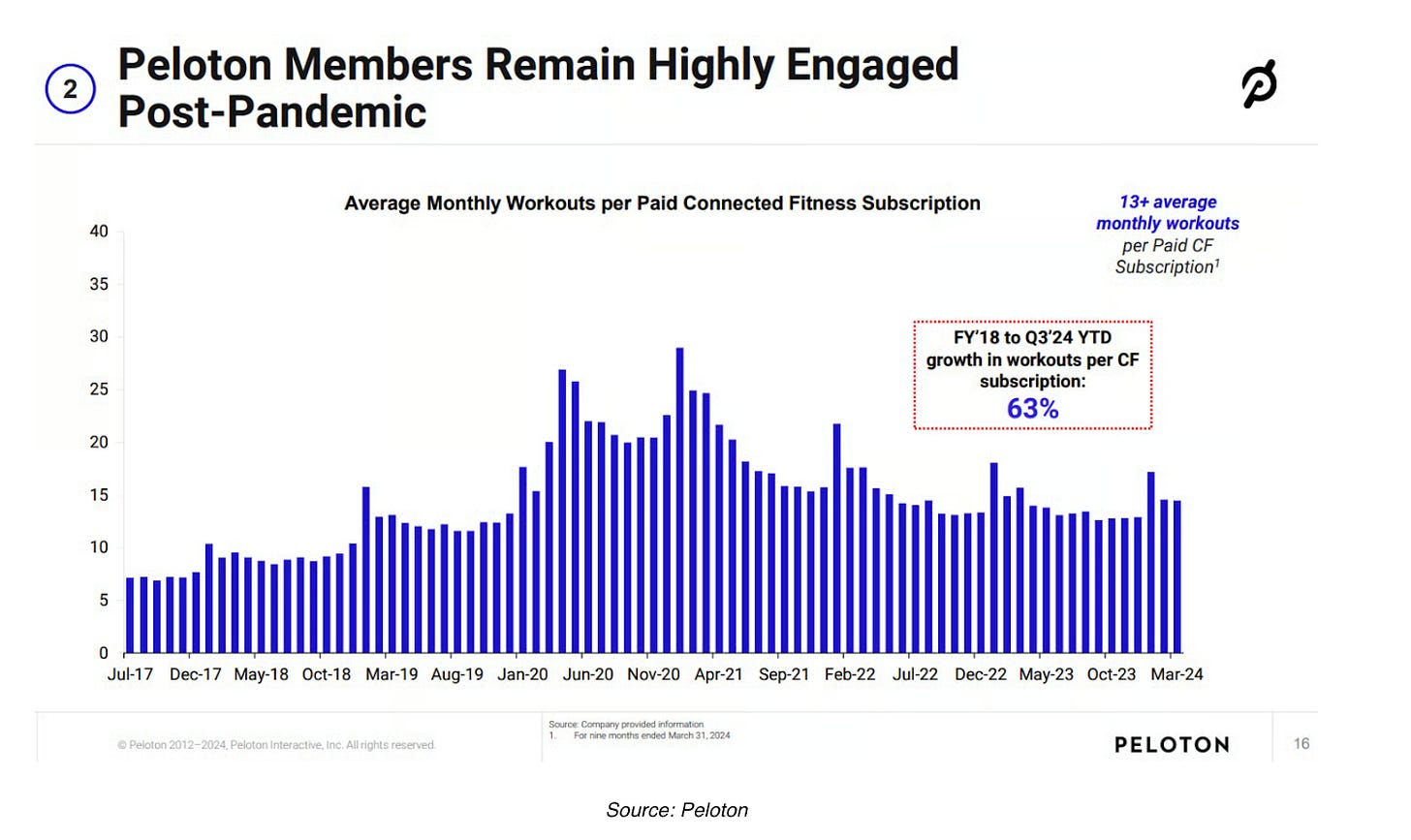
3. The Narrative
Numbers tell you what happened. Narrative tells you why it matters.
This is where most updates fall flat. A founder lists metrics, then bolts on a few disjointed bullet points about product launches or hires. That’s not narrative — that’s laundry.
A strong narrative ties the numbers to causes and consequences. For example:
“MRR grew 12% month-on-month, largely driven by a new referral loop we launched in June. Early data shows referred users activate 30% faster, which we expect to reduce CAC payback next quarter.”
Now you’re not just sharing numbers; you’re showing you understand the levers of the business. Investors read that and think, This founder is on top of their growth engine.
The narrative also makes space for vulnerability. If churn spiked, explain why. If a product slipped, own it. The credibility you earn from honest reporting compounds over time.

4. The Asks
This is the most underutilised part of most updates. Founders tack on a vague “let us know if you can help.” Investors rarely respond to that because they don’t know how.
Your job is to make helping you frictionless.
Be concrete. Instead of “we’re hiring engineers,” say:
“We’re hiring a Head of Product - if you know someone who’s scaled SaaS from $5M to $20M ARR, we’d love an intro.”
Instead of “we’re raising soon,” say:
“We’re opening a $2M seed extension in September, ideally with angels who know marketplaces. Warm intros appreciated.”
Every ask should pass the coffee test: if an investor is catching up with a colleague over coffee tomorrow, could they forward your request in one line? If yes, it’s specific enough.
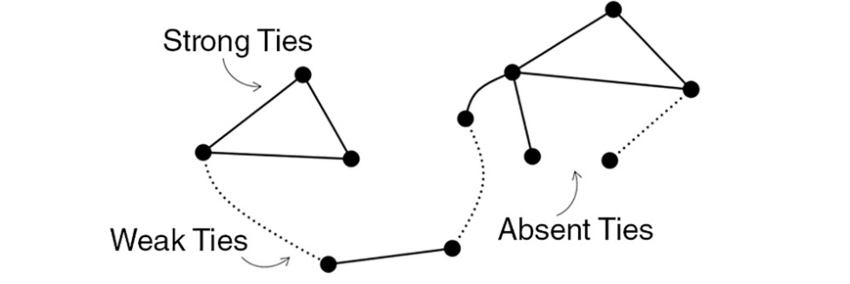
5. The Outlook
End with momentum. One or two sentences about what’s next.
“In August we’re doubling down on the referral loop, aiming to drive 20% of new signups from word of mouth.”
“Next month we’ll launch in two new markets, testing whether the playbook travels.”
The point isn’t to predict the future perfectly. It’s to give investors a reason to look forward to your next update. You’re setting the frame: “Here’s what we’re about to do, and you’ll hear how it went in thirty days.”

🧠 Founder Wisdom: A BrainDump on Investor Updates
The framework above, headline, metrics, narrative, asks, outlook, is the what of a good investor update. But the harder part is the how. How do you make sure the story behind those numbers actually lands with your investors?
I broke this down in a BrainDump called “The Missing Slide: Founder’s Pitch Matrix”. It’s one of the most important pieces I’ve written, because it reframes updates as more than reporting. They’re really about answering the questions every investor is silently asking when they open your email:
Do you know what’s working?
Do you know what’s not?
Do you have a credible plan?
Are you the founder who can execute it?
Notice how those questions map directly to the structure we’ve walked through:
The headline proves you know what’s working.
The metrics surface what isn’t.
The narrative shows the plan.
The asks and outlook demonstrate that you’re the kind of founder who pushes forward, even when things wobble.
That’s why consistency matters so much. An investor update isn’t just a monthly log of data points; it’s a rhythm that reassures investors, month after month, that you’re on top of the business and steering it with clarity.
What to Leave Out
Excess detail. Your investors don’t need every experiment. Summarise, don’t data-dump.
Excuses. If something went wrong, acknowledge it and outline the fix. Excuses erode trust; solutions build it.
Buzzwords. Write like a human. If you wouldn’t say it to a fellow founder over coffee, cut it.
Why This Matters
When done well, investor updates serve three purposes at once:
They build trust by showing you’re transparent and self-aware.
They align expectations by focusing everyone on the right metrics.
They unlock help by telling investors exactly how to be useful.
And don’t forget the selfish reason: writing them makes you a sharper operator. The discipline of distilling chaos into clarity each month is itself a growth engine.
Founder OS: The Two-Question Test
Before you hit send, ask yourself:
Could an investor skim this in 90 seconds and understand the story?
Did I give them one specific way to help this month?
If both answers are yes, you’ve written an update they’ll not only read - they’ll reply to.
🚀 Closing Thought
Think of your investor update less like a tax form and more like a campfire story. Short, clear, memorable. Numbers are the plot points, but your job is to make the narrative stick.
Because when your investors actually look forward to your updates, you stop writing reports… and start building allies.
Want the full BrainDumps collection?
I’ve compiled all 70+ LinkedIn BrainDumps into The Big Book of BrainDumps. It’s the complete playbook for founders who want repeatable, actionable growth frameworks. Check it out here.


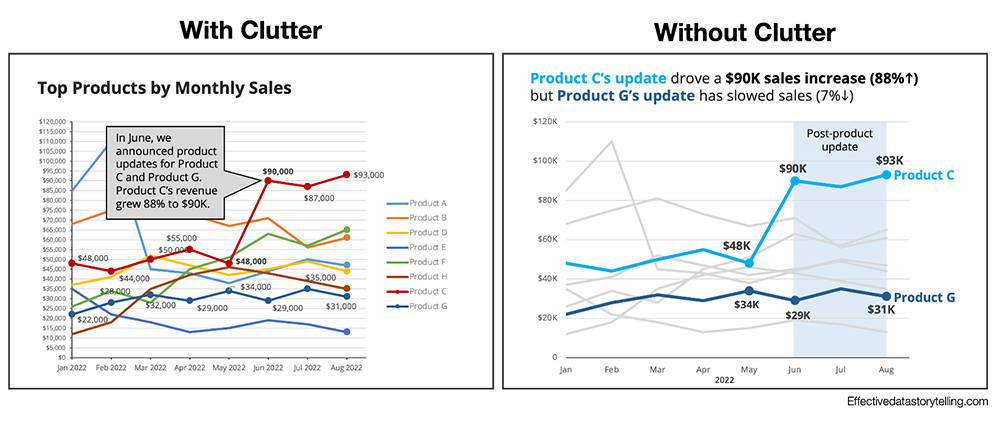
I love reading your newsletters so much, it’s so obvious that you’re a founder’s investor and by extension, it makes other investors be intentional about being a founder’s investor. Your newsletters are often filled with great insights and actionable lessons for founders. Founders can learn to build better with advice from an investor with decades of experience and investors can learn how to build better relationships with founders. It’s amazing Chris, thank you!
Feel like Klarna really did a beautiful job on this front as they’ve grown towards IPO.